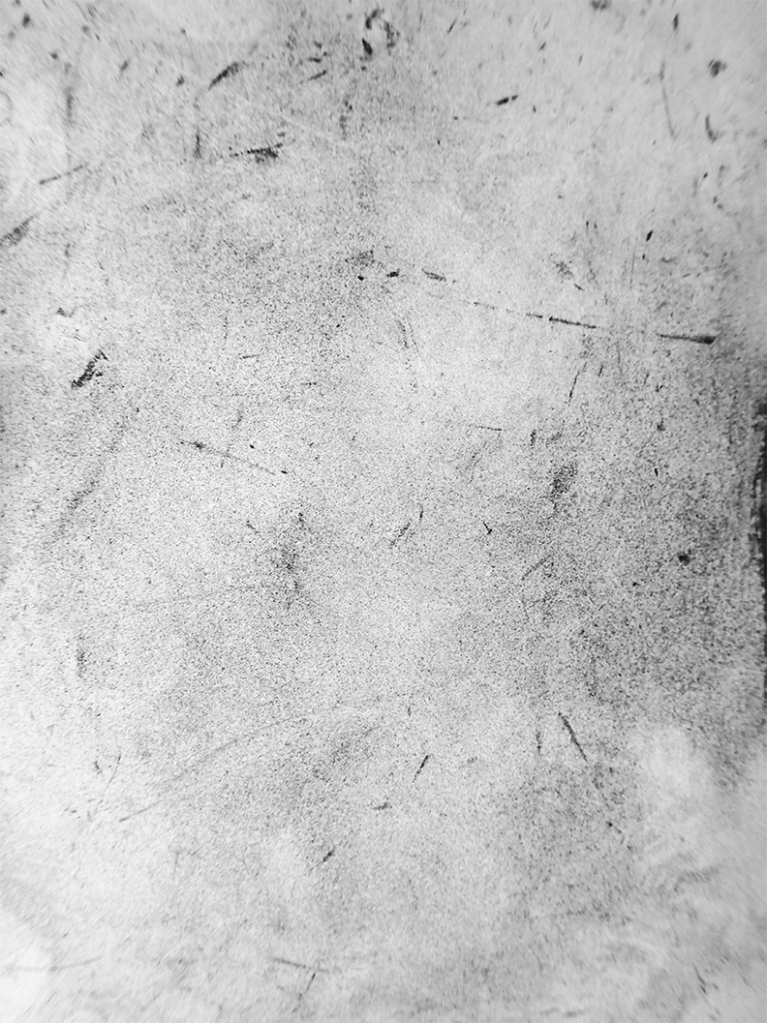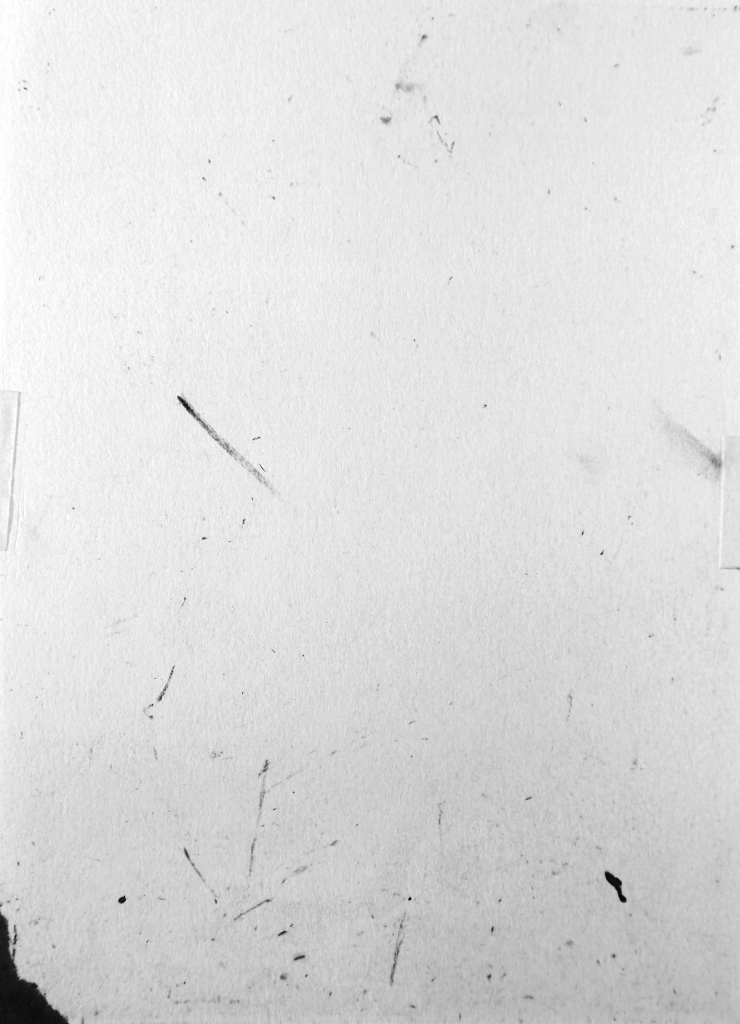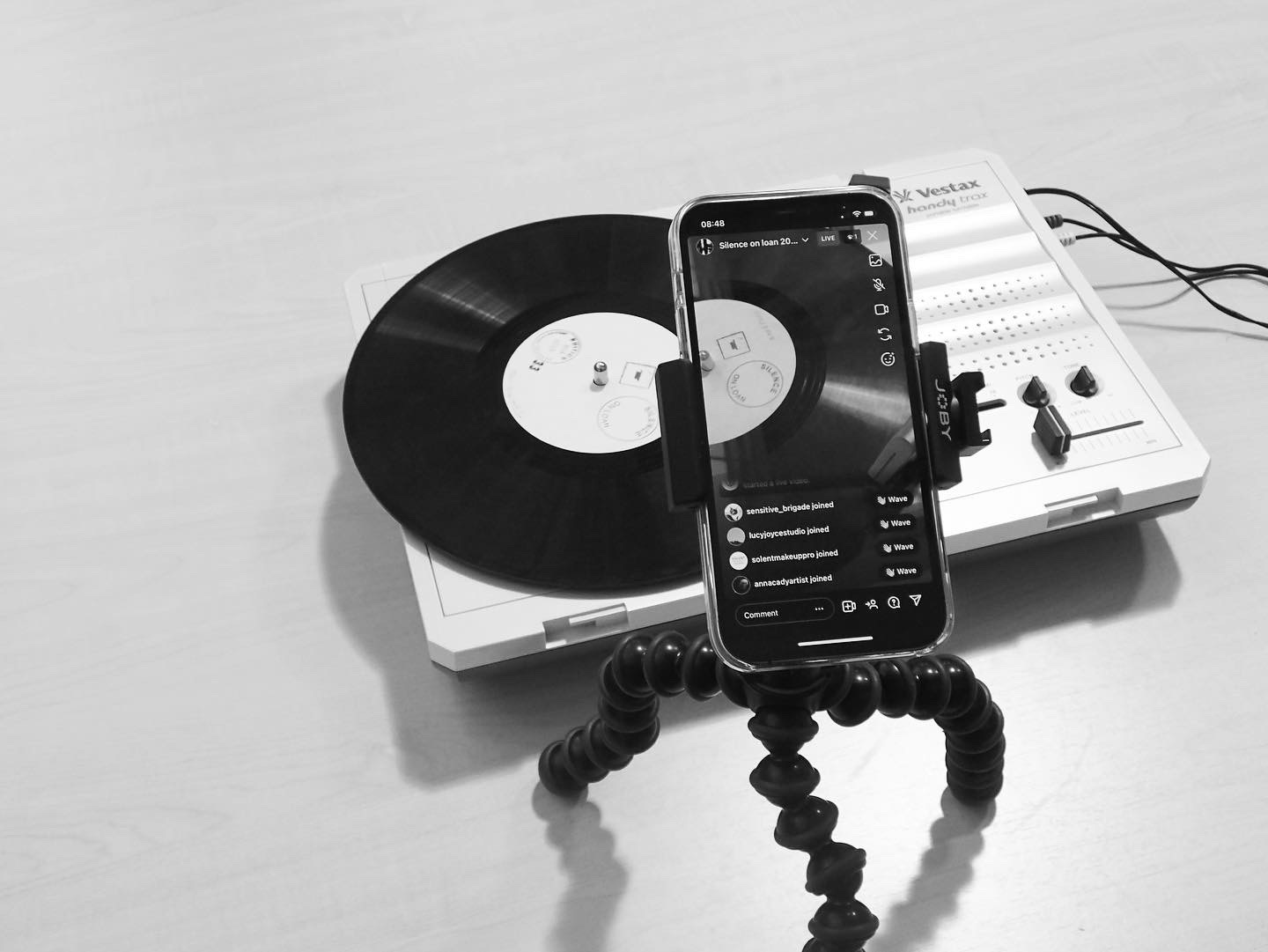Following its recent tour to the Unfolding Practice symposium at London College of Fashion (UAL), – where it was performed as part of the paper Withdrawn from use: for voice, turntable and pause – Silence on Loan was politely returned, signed for and slipped back on the shelf at Winchester School of Art Library

It has been five years since the publication of Silence on Loan, and to commemorate this wooden anniversary, the annual performance will take place as part of the Into the Fold Artists Book Fair at Winchester School of Art Library. As part of this two-day fair (15th/16th March), I will be performing Silence on Loan at 2:30 on Friday 15th March. This year, silence will be broadcast live to air, via a micro-FM transmission. Immediately received through a small array of dysfunctional radios, silence will be dispersed amongst the library stacks.
Silence and radio have history. The dead air of radio was the favoured medium of communication for the electronic voice phenomena of spirit voices. One ethereal voice declaring in an accent, which I like to imagine was somewhere between the vaudeville of Frankie Howard and Carry On of Kenneth Williams: “What a rascal, switch on the radio!” Raudive claimed that radio was so popular on the other side: ‘various groups of voice entities […] operate[d] their own [radio] stations.’
The transmission of Silence on Loan through the electrical elsewhere of radio, augments the fragility of the silence broadcast; a silence arriving from somewhere and possibly somewhen other than here.
All those who are there (here) to listen and those who’s listening the silence borrows, will receive a free paper wristband bearing the ISBN of publication. And a special edition commemorative badge will be free to all those wearing a badge from a previous year’s performance of Silence on Loan.
As part of the Into the Fold Artists Book Fair I will have a table of commemorative limited editions, in the form of wooden postcards, ISBN prints, and ‘I am not listen-ing’ pin badges. There will also be limited-edition cassettes, seance cards, multiples and original prints from Listen the Waves and other sound works on paper.















































 Silence on Loan. 2022. Performance broadcast live on Instagram
Silence on Loan. 2022. Performance broadcast live on Instagram


























